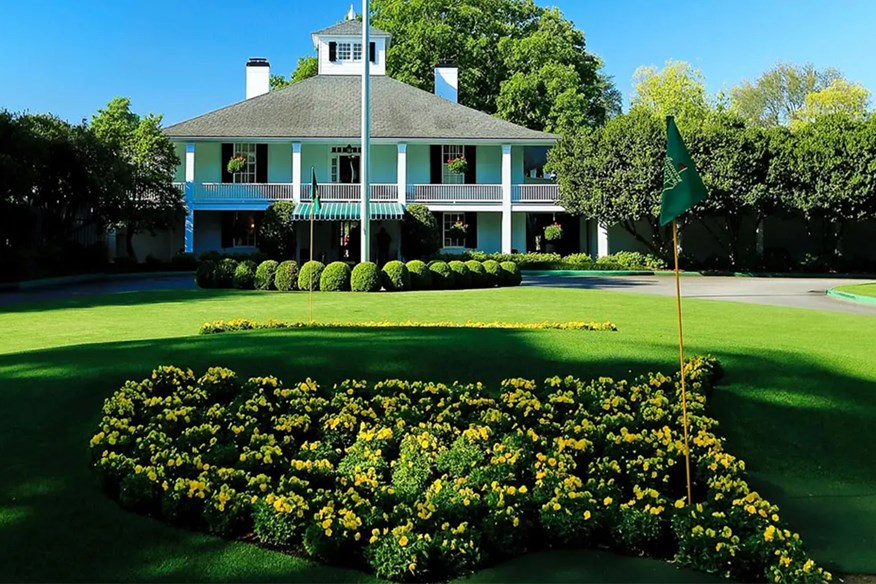Inside the Augusta National clubhouse
Last updated:
The Augusta National clubhouse will appear on our television screens countless times during coverage of The Masters tournament. Here’s what’s inside one of the most recognizable landmarks in golf.
Augusta National’s clubhouse is one of the most celebrated buildings in golf.
From the veranda, you can peer down Magnolia Lane and overlook Founders’ Circle, which pays tribute to Masters Tournament co-founders Bobby Jones and Clifford Roberts.
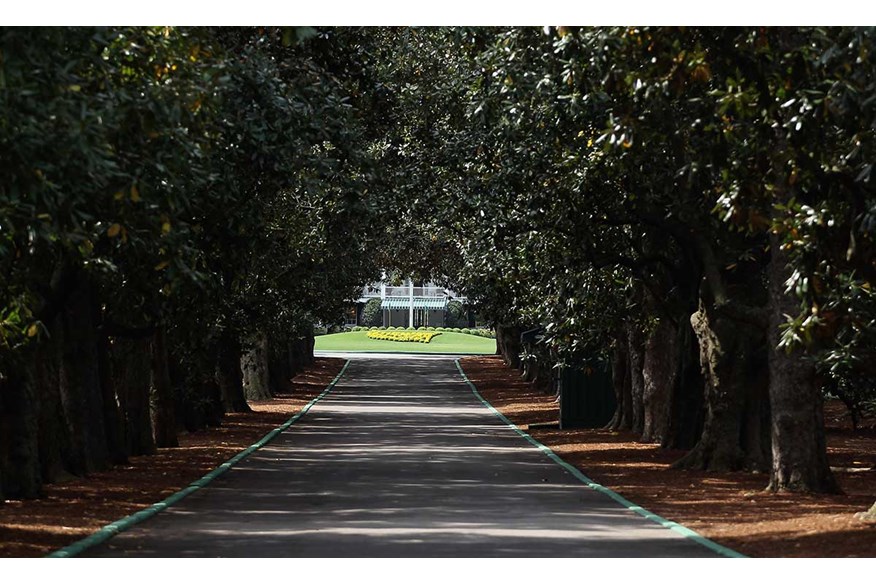
Inside, the permanent Masters trophy and an oil painting by President Eisenhower are just some of the golf treasures that fill the well-appointed rooms.
Welcome to Augusta National clubhouse, built in 1854 to serve as the home of indigo plantation owner Dennis Redmond. The iconic three-story building is believed to be the first concrete house built in the American South.
The history of Augusta National
Baron Louis Berckmans, a Belgian horticulturist, brought the 365-acre property in 1857. Together with his son, Prosper Julius Alphonse, he established Fruitland Nurseries. By the time Jones and Roberts discovered the place in 1931, the charter for the nursery had long expired, but the clubhouse and land that would become the most famous golf course in the world were still waiting to blossom.
After achieving the unequaled feat of winning the Grand Slam of golf in 1930, Jones retired from the competitive game and focused on pursuing another dream: the development of a course fit to host a major.
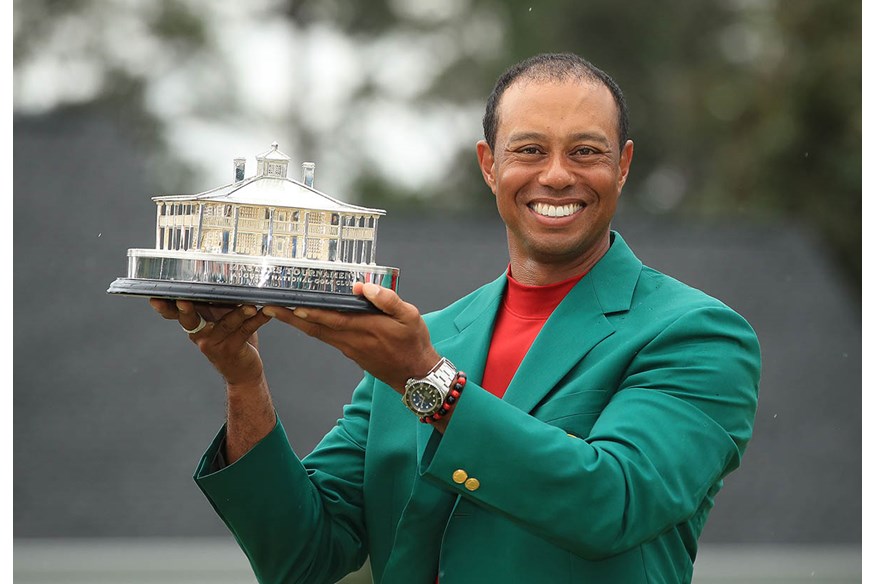
He achieved that goal in 1934 when Augusta National opened its gates for the inaugural Masters Invitational Tournament, its course created by Jones, Roberts, and the Yorkshire architect Alister MacKenzie.
Jones and MacKenzie planned the course with the plantation house as a clubhouse. The tees of the starting holes and the greens of the finishing holes adjoin the clubhouse. A walkway of magnolias is flanked by the practice range and on axis with the house.
Completing the clubhouse compound are 10 ‘cabins’, four of which were named for prominent people who had a role in creating the tradition of Augusta National: Jones, Roberts, Butler, and Dwight D. Eisenhower – active at Augusta before, during, and after his presidency.
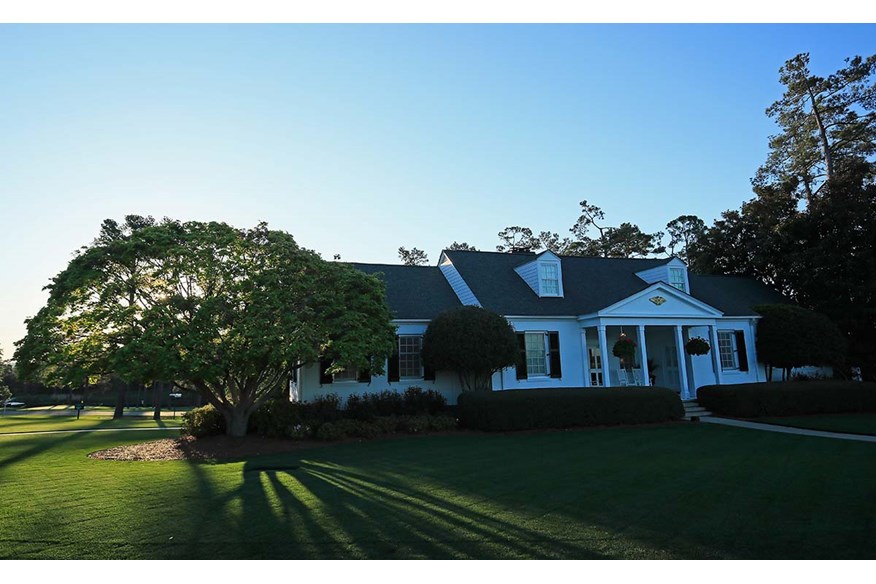
Because Jones never competed other than as an amateur himself, the amateur golfers invited to play in the Masters continue to receive special treatment. In the clubhouse is the attic area known as the Crow’s Nest, with lodging for five amateur competitors.
Luxury it is not, but those who lay their heads there never complain – Jack Nicklaus and Tiger Woods have both climbed its wooden steps and dreamed of the Green Jacket.
Several changes have been made to the structure in years since Jones bought the property, including the addition of the Trophy Room and kitchen in 1946, construction of the golf pro shop in 1953, and the addition of the Grill Room in 1962.
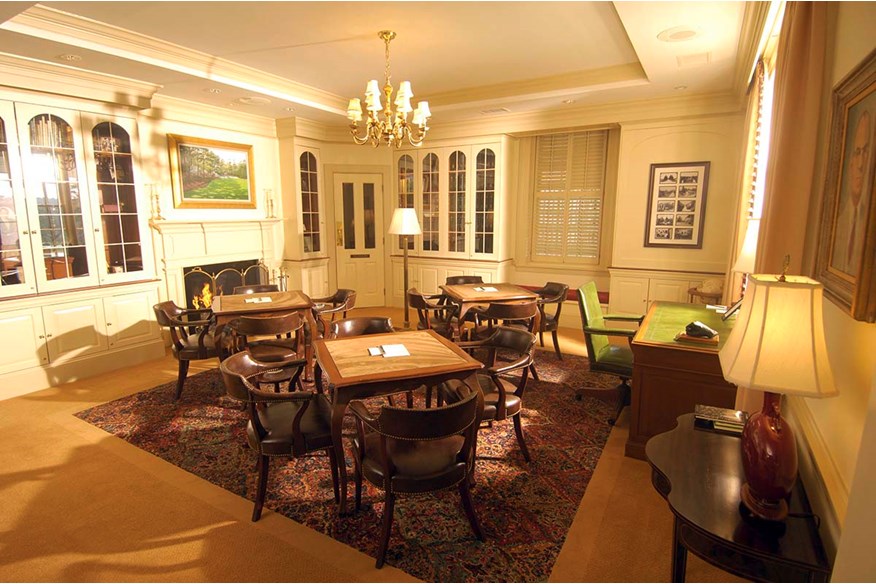
Then there is the Library, located on the second floor of the clubhouse and one of Augusta’s most storied rooms.
A bronze sculpture of Jones dominates the scene, alongside the desk used by President Eisenhower, on which sits The Right Hand of Lincoln. It is here, tradition dictates, that past champions meet on the Tuesday night of Masters week for the Champions Dinner.
Now, more than 150 years on, Augusta continues to respect this classic, albeit understated, image of a southern plantation house.
-
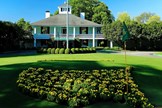 We take you inside the Augusta National clubhouse, home of so much Masters history
We take you inside the Augusta National clubhouse, home of so much Masters history
-
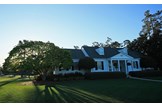 The butler Cabin at Augusta National Golf Club.
The butler Cabin at Augusta National Golf Club.
-
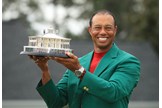 The Masters trophy is a silver replica of the Augusta National clubhouse.
The Masters trophy is a silver replica of the Augusta National clubhouse.
-
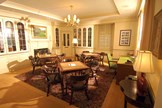 The Augusta National clubhouse library.
The Augusta National clubhouse library.
-
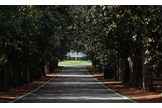 The famous view down Magnolia Lane towards the Augusta National Clubhouse.
The famous view down Magnolia Lane towards the Augusta National Clubhouse.
